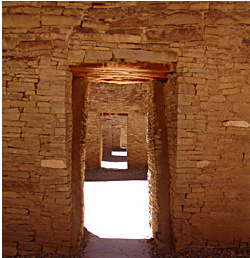Publication Date
5-1-2013
Abstract
Synthesis and interpretation of archaeologically documented land-use patterns and ethnographic data are used to identify and model where people chose to live, hunt, and gather prehistorically. This project tests the hypothesis that the archaeological record of SE Alaska extends to areas of the continental shelf that were submerged by post-Pleistocene sea level rise beginning around 10,600 cal years BP (9,400 14C years). Digital elevation models (DEM) and sea-level curve for southeastern Alaska are used to create time slices between 16,000 to 10,500 cal BP. The variables (slope, aspect, distance from paleo-stream, paleo-lakes, paleo-coastlines, and known archaeological sites, and coastal sinuosity) included in the predictive model are incorporated in model identifying high potential areas for archeological sites. This model has been used to delineate survey areas for underwater archaeological surveys during two fields and will be used for two more field season.
Keywords
underwater archaeology, marine geophysics, Alaska
Project Sponsors
National Science Foundation
Document Type
Dissertation
Language
English
Degree Name
Anthropology
Level of Degree
Doctoral
Department Name
Anthropology
First Committee Member (Chair)
Graves, Michael W.
Second Committee Member
Dinwoodie, David
Third Committee Member
Benedict, Karl
Fourth Committee Member
Meyer, Grant
Recommended Citation
Monteleone, Kelly. "Lost Worlds: Locating submerged archaeological sites in southeast Alaska." (2013). https://digitalrepository.unm.edu/anth_etds/47



